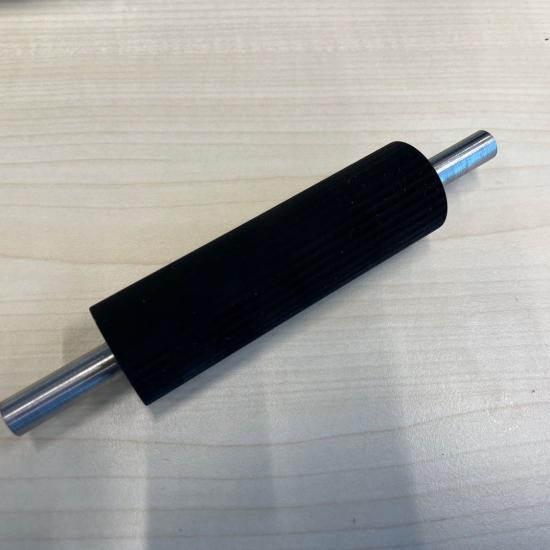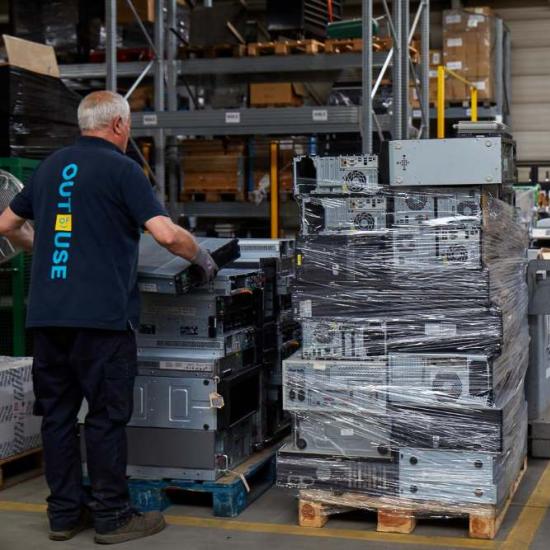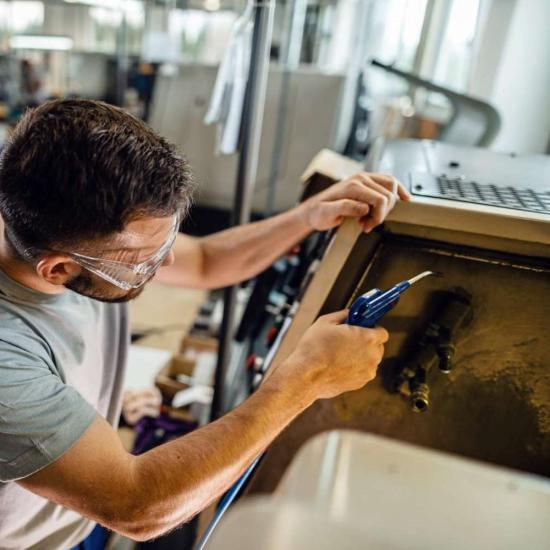The inner circles of the circular economy - remanufacturing, refurbishing, retrofitting, repairing, spare parts harvesting, … - are hard to kick off in manufacturing companies dominated by decision processes optimised for the linear economy. Lots of companies see or have a feeling that remanufacturing might be interesting for some of their products or customer segments. The challenge begins when trying to translate this first idea into a documented business case on which a business decision can be taken.
Challenge
Companies and organisations willing to explore remanufacturing often struggle with building their business case. Since the data and information from current business practices are not necessarily valid for the remanufacturing business case, many uncertainties exists. Uncertainties can be related to a combination of:
-
Quantity, cost and quality of incoming goods (which and how many products can be remanufactured, upgraded, …) and the cost of having access to them.
-
The operational efficiency to refurbish, upgrade, remanufacture, rework the products, so that they become a reliable and valuable product again.
-
The market segments willing to pay for upgrades, reworked, remanufactured, … products and how to reach those customer segments: is this an additional market? Do we reach new customers or does this sales replaces (a part of) the sales of new products?
Decisions cannot be made when the business case is based on very little data or unreliable data.
Therefore, an iterative approach seems the only way forward. We need to build a business case in a step-by-step process, in which we gradually reduce the risks and get a better view on the potential benefits.
Proposed approach we want to validate
The idea is simple. Take small steps in such a way that each step reduces the risk and improves the data quality on cost and benefit level. The hard thing is to replace the final go no-go decision based on the ‘finished business case’ by multiple decisions moments. Those smaller decision moments should then focus on reducing the risk or increasing the data quality (on cost or benefits).
If early in the process is determined (based on the limited and low quality data) that there is no chance that remanufacturing will become viable, the risk might be too high to further investigate the business case. So at that moment, you stop after the first iteration.
On the other hand, if the limited and low-quality data seems to lead to a promising business case, it might be wise to dig deeper into the data quality, to further reduce the uncertainties and risks related to the business case. Once again, it can be decided to focus on the highest risks of the case at that moment.
This logical iteration can be used over and over again, until you have are satisfied with the risk/benefit ratio for your organisation. At one moment in time, a next type of iteration will be needed: validation.
The validation process starts when you cannot further improve the business case based on new data only. It is the moment when you need to perform a small experiment and try out in practice how your remanufacturing would perform in real life. Following the logic above, this practice case can be focussed on the area where you do not have sufficient data/info. This can be in the core intake process, the real operation remanufacturing or in the sales and go-to-market aspect. If you are lucky you can set up a first full remanufacturing cycle (intake , operations and sales) in this stadium. The key point, however, is not yet to run viable business, but to better understand the remaining risks (costs & benefits).
The elephant in the remanufacturing room remains (or not)?
Although the above approach seems logical, it is not sure if it fits the decisions processes of your organisation. If C-level in your company expects to decide on one single ‘finished’ business case, you still need to get the freedom to work iteratively. This means you need to get the time and have the resources gradually increased to build the ‘final’ remanufacturing business case.
There is probably not a one-size-fits-all solution. A discussion about the process might be a good start. Based on the common goal (exploring whether remanufacturing is a business opportunity for your company), you can try to define the roles and responsibilities associated with running the proposed iterative approach. What works for some companies is that the owner of the business case focusses on the opportunities and benefits, while decision takers (C level, line manager, …) focus on the risks. With every iteration you can collaboratively decide how much effort (resources) in the next iteration is acceptable to make the business case more reliable.
Win-win by validation of our tools and approach in hands-on workshop
In the project Circle we created some supporting information and tools for this approach. Before widely distributing this information, we go through an iterative process in which we want to validate our work. Therefor we organise an interactive workshop in which companies will be guided through the process and review the tools and information.
The idea is that you can use the tools for your case under our guidance, so that you gain insight into your business case and into the business case decision process.
The interactive workshop ‘How to build a remanufacturing business case in practice ?’ will be organised in Leuven on 22 June 2023 (13:30 - 16:30).
Interested to attend? Go to our agenda and register!






